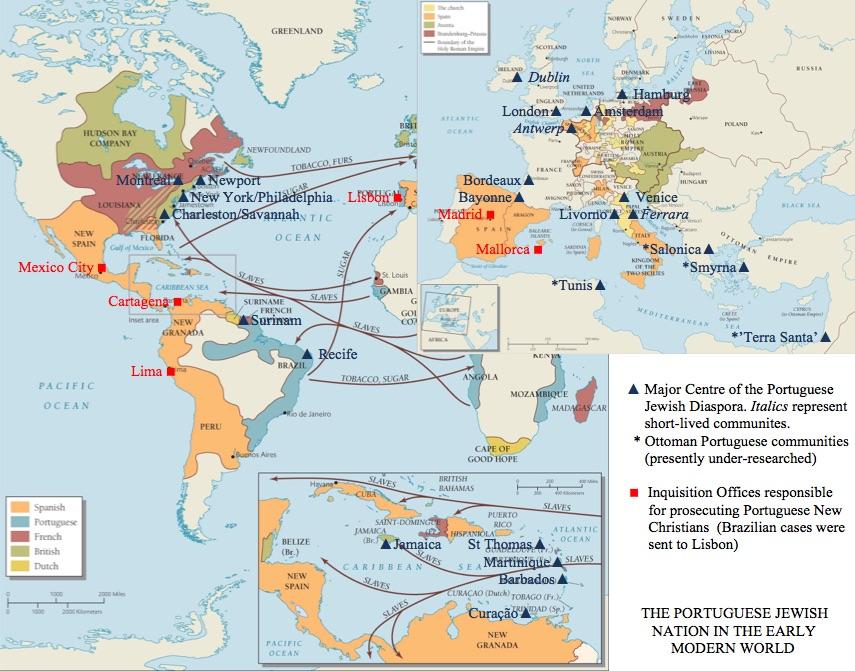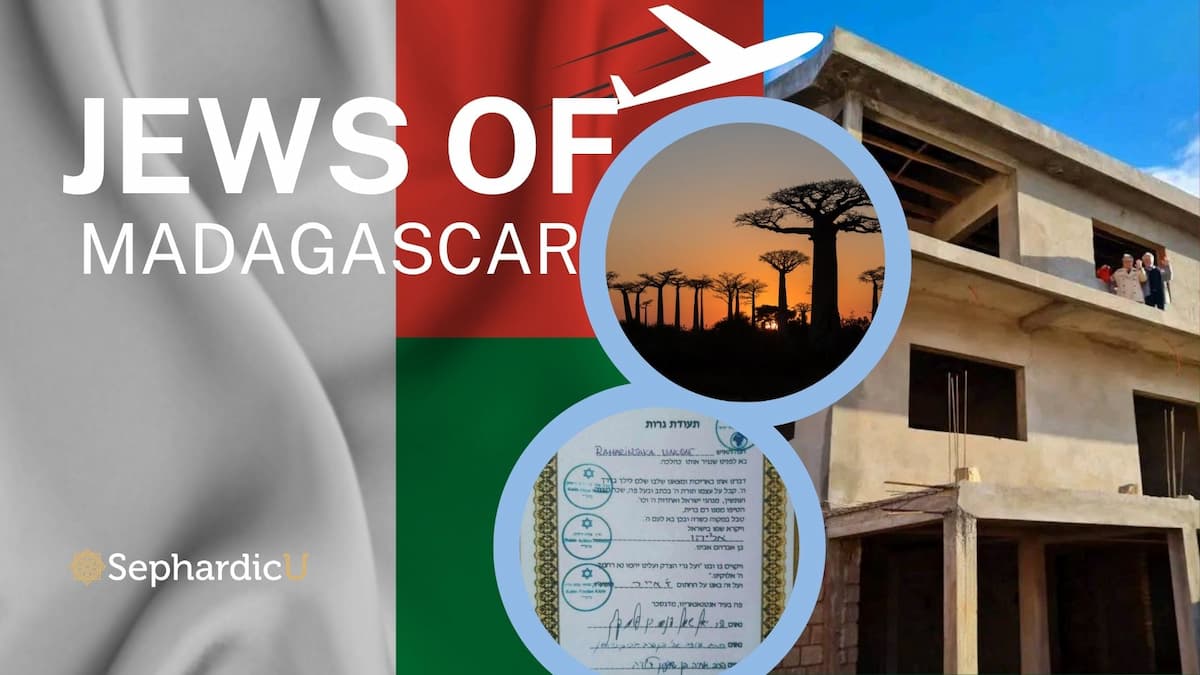The modern, primarily nominally Christian offspring of the assimilating Sephardic anusim of the 15th century make up the Sephardic Bnei Anusim. During the Spanish colonization of the Americas, these descendants of Spanish and Portuguese Jews who were forced or persuaded to convert to Catholicism stayed in Iberia or relocated to the Iberian colonial conquests throughout several Latin American countries as conversos.
Over the past five centuries, Sephardic Bnei Anusim have been prevented from returning to the Jewish faith due to historical factors and circumstances; nevertheless, more and more of them have started to come forward publicly in recent years, particularly in the last two decades. In the Iberian-descended Christian populations of Spain, Portugal, Hispanic America, and Brazil, Sephardic Bnei Anusim became a fully assimilated sub-group with the exception of varying degrees of purportedly primitive Jewish customs and traditions that had been preserved as family traditions among individual families.
However, “organized groups of [Sephardic] Bnei Anusim have now been established in Brazil, Colombia, Costa Rica, Chile, Ecuador, Mexico, Puerto Rico, Venezuela, Dominican Republic, and in Sefarad [Iberia] itself, some of whose members have formally reverted to Judaism, resulting in the emergence of Neo-Western Sephardim.
The Sephardic Bnei Anusim population is thought to number in the millions, according to the Jewish Agency for Israel. They have a much greater population than the three Jewish-integrated Sephardi descendant sub-groups, which include the ex-convert Western Sephardim, North African Sephardim, and Eastern Sephardim (both New World and Old World branches).
Despite having a larger number, Sephardic Bnei Anusim are the least well-known and significant subgroup among Sephardi descendants. The number of Sephardic Bnei Anusim is also greater than double that of the entire world’s Jewish population, which also includes Ashkenazi, Mizrahi, and other minor subgroups.
The Bnei Anusim (“[later] sons/children/descendants [of the] forced [converts]”) were the generations of descendants of the Anusim who remained hidden ever since the Inquisition in the Iberian Peninsula and its New World franchises, as opposed to the Anusim (“forced [converts]”) who were the conversos up to the third, fourth, or fifth generation (depending on the Jewish responsa) who later At least some Sephardic Anusim in the Hispanosphere—specifically in their colonies in Ibero-America—had also at first attempted to convert to Judaism or at the very least, retain secret crypto-Jewish customs. However, given that conversos who converted to Judaism in Iberia and Ibero-America continued to face persecution, prosecution, and risk of conviction and execution, this was not long-term feasible in that context. The actual Inquisition was only fully abolished in the 19th century.
Historical evidence that sheds new light on the ethnic diversity of Iberian immigrants to the Spanish colonies of the Americas during the conquest era suggests that there were more New Christians of Sephardi heritage than previously thought who actively engaged in the conquest and settlement. It has since been established that numerous Spanish conquerors, governors, and settlers were of Sephardi descent. Only recently discovered records in Spain pertaining to conversions, marriages, baptisms, and Inquisition trials of the parents, grandparents, and great grandparents of the Sephardi-origin Iberian immigrants have been made public. These papers had been either lost or suppressed.
It is currently thought that up to 20% of contemporary Spaniards and 10% of Iberian colonial settlers in Latin America may have been of Sephardic heritage, notwithstanding the uneven regional distribution of their colonization across the colonies. Therefore, the proportion of Iberian settlers of New Christian Sephardi background varied from zero in most locations to as high as one in three (about 30%) in other areas. There are currently close to 590 million people living in Latin America, the majority of whom are of full or partial Iberian ancestry (both New World Hispanics and Brazilians, whether they be criollos, mestizos, or mulattos), and up to 50 million of whom are thought to have some Sephardic Jewish ancestry.
Settlements of recognized and verified Bnei Anusim inhabitants can be found in Iberia in places like Belmonte, Portugal, and the Xuetes near Palma de Mallorca, Spain. The whole Xuete community of Bnei Anusim in Palma de Mallorca was certified as Jewish in 2011 by Rabbi Nissim Karelitz, a renowned rabbi, halachic authority, and head of the Beit Din Tzedek rabbinical court in Bnei Brak, Israel. About 18,000 persons, or slightly more than 2% of the island’s total population, were in that group. The Portuguese king’s declaration that Catholicism was the default religion for Jews led to a significant number of them assimilating into the Portuguese populace. The same is true in Spain, save from the Xuetas.
Nearly all Sephardic Bnei Anusim bear surnames that were known to have been used by Sephardim in the 15th century; however, per se, the majority of these surnames are of gentile Spanish or gentile Portuguese origin and only became popular among Bnei Anusim because they purposefully adopted them during their conversions in an effort to hide their Jewish ancestry. Solely a small percentage of Sephardic Bnei Anim have surnames that are exclusively Sephardic in origin or that are only found among Bnei Anim.





Ohr HaChaim Yomi – Emor